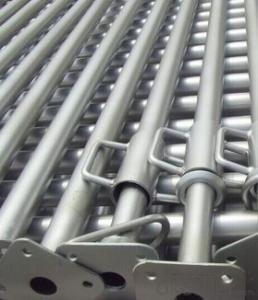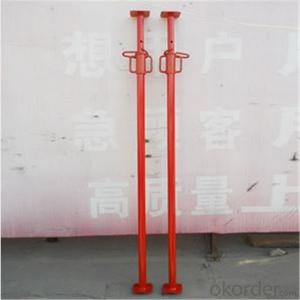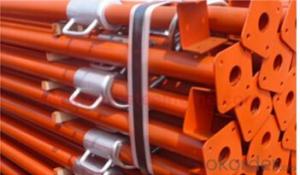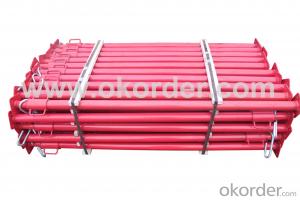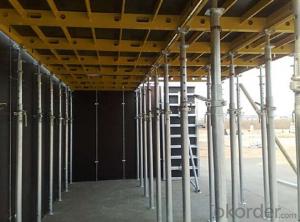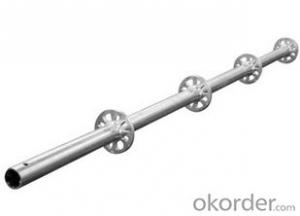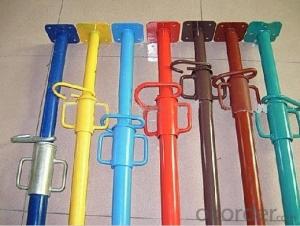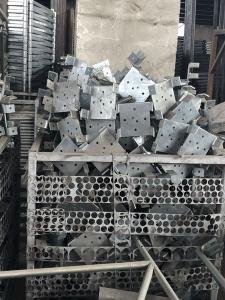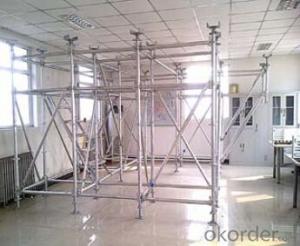Stainless Steel Prop
Stainless Steel Prop Related Searches
Best Paint For Stainless Steel Blanket Insulation For Steel Buildings Primer For Galvanized Steel Foam Filter For Stainless Steel H S Code For Stainless Steel Surface Grinding Wheels For Stainless Steel Surface Grinding Wheels For Hardened Steel Hole Saw For Stainless Steel Paint For Stainless Steel Stainless Steel For BbqHot Searches
Steel Mesh Panels For Sale Price For Stainless Steel Scrap Scrap Price For Stainless Steel Price For Stainless Steel Stainless Steel Tank For Sale Stainless Steel Sheets For Sale Cheap High Tea Sets For Sale Stainless Steel Tanks For Sale Stainless Steel For Sale High Density Fiberboard For Sale Solar Hot Water Collectors For Sale Scaffolding For Sale In Uae Scaffolding For Sale In Ireland Scaffolding For Sale In Houston Type Of Inverter For Solar Price Of Shipping Containers For Sale Types Of Inverter For Solar Stock Price For Aluminum Used Solar Inverter For Sale Steel Mesh Panels For SaleStainless Steel Prop Supplier & Manufacturer from China
Okorder.com is a professional Stainless Steel Prop supplier & manufacturer, offers integrated one-stop services including real-time quoting and online cargo tracking. We are funded by CNBM Group, a Fortune 500 enterprise and the largest Stainless Steel Prop firm in China.Hot Products
FAQ
- What are the requirements for acceptance of steel support
- 2, [GB 50011-2010] metal yield displacement energy dissipation device, such as the energy consumption can not be reused, in the same type of sampling number of not less than 2, sampling pass rate of 100%, after sampling can not be used for the main structure. Type inspection and factory inspection shall be completed by third parties.The design of [JGJ99-2010]E.5.1 3, the BRB should be based on the test results, the test should be at least two groups of components test, rotating connection requirement investigation support; another group to support the uniaxial test, to test the properties of support, especially the performance in tension and compression load lag repeatedly.
- Yes, steel props can be adjustable with computer-controlled automation systems. These systems utilize advanced technology to control the height and positioning of the steel props. By integrating computer-controlled automation systems, the adjustment process becomes more precise and efficient. These systems can be programmed to adjust the height of the steel props based on specific requirements, such as load-bearing capacity or changes in the structure. Additionally, computer-controlled automation systems allow for real-time monitoring and adjustments, ensuring optimal performance and safety.
- Yes, steel props can be used in the construction of towers or transmission lines. Steel props provide strong support and stability, making them suitable for such structures that require durability and load-bearing capacity.
- To guarantee adequate load capacity when using steel props in extreme temperature conditions, there are several factors that must be considered. Firstly, it is essential to opt for steel props that are specifically designed for extreme temperature environments. These props should be constructed from high-quality steel with exceptional heat resistance properties, enabling them to endure temperature fluctuations without compromising their structural integrity. Secondly, it is crucial to conduct thorough inspections and regular maintenance of the steel props to detect any signs of wear, corrosion, or damage that may impact their load capacity. Extreme temperature conditions can expedite material deterioration, necessitating close monitoring of the props and prompt resolution of any issues. Moreover, proper installation and positioning of the props are vital to ensuring their load capacity. The props ought to be aligned correctly and securely placed, taking into account potential expansion or contraction caused by extreme temperature fluctuations. Adequate bracing and support systems must also be in place to evenly distribute the load and prevent overloading or structural failure. Additionally, seeking advice from experts or engineers specializing in steel props in extreme temperature conditions is advisable. These professionals can provide valuable insights and guidance on appropriate load capacities, temperature limits, and any additional measures required for safety and efficiency. Lastly, regular load testing and monitoring of the steel props are crucial to assess their performance under extreme temperature conditions. Periodic load tests enable verification of load capacity and identification of any potential weaknesses or changes in structural integrity, allowing for timely intervention or replacement if necessary. To summarize, ensuring proper load capacity when using steel props in extreme temperature conditions necessitates careful selection of suitable props, regular inspections and maintenance, proper installation and positioning, consultation with experts, and regular load testing and monitoring. By adhering to these measures, one can maximize the safety and efficiency of steel props in challenging temperature environments.
- Yes, steel props can be used in underwater construction projects. Steel is a durable and strong material that can withstand the corrosive effects of water. It is commonly used in underwater construction projects for its structural stability and ability to support heavy loads.
- To prevent overloading of steel props, there are several steps that can be taken: 1. Determine the load capacity: It is crucial to know the maximum load capacity of the steel props. This information can usually be obtained from the manufacturer or supplier. It is important not to exceed this load limit to prevent overloading. 2. Conduct proper calculations: Before using steel props, it is essential to perform accurate calculations to determine the required number of props and their spacing. This calculation should take into account the weight and distribution of the load, as well as any additional factors such as wind or vibration. 3. Regular inspections: Regular inspections of the steel props are necessary to ensure their integrity and reliability. Look for any signs of damage, such as cracks or deformations, that may compromise their load-bearing capacity. If any issues are detected, the props should be immediately replaced or repaired. 4. Proper placement and alignment: When installing steel props, ensure that they are placed on a solid and stable surface that can support the load. It is important to properly align the props both vertically and horizontally to ensure uniform weight distribution. 5. Adequate bracing and support: Depending on the nature of the load and the height or length of the structure being supported, additional bracing or support may be required. This can help distribute the load evenly and prevent overloading of individual props. 6. Regular monitoring: During the period of use, it is essential to monitor the steel props regularly to ensure that the load is not exceeding their capacity. This can be done by using load monitoring devices or by periodically checking the props for any signs of stress or strain. 7. Proper training and supervision: It is crucial to ensure that the personnel responsible for installing and using steel props are properly trained and supervised. They should have a good understanding of the load limits, calculation methods, and safety precautions to prevent overloading. By following these preventive measures, the risk of overloading steel props can be significantly reduced, ensuring the safety and stability of the supported structure.
- There are several different types of steel prop accessories available, each serving a specific purpose in construction and temporary support applications. Some of the most common types include: 1. Prop sleeves: These are cylindrical steel tubes that are used to extend the length of steel props. They are often used when additional height is needed to support higher loads or to accommodate uneven surfaces. 2. Prop nuts: These are threaded nuts that are used to adjust the height of steel props. They are typically placed at the top of the prop and tightened or loosened to achieve the desired height. Prop nuts also help to secure the prop in place and prevent it from slipping. 3. Prop pins: These are steel pins that are used to lock the prop nuts in place once the desired height is achieved. They are inserted through holes in the prop sleeve and prop nut to prevent any accidental adjustments or movements. 4. Base plates: These are flat steel plates that are placed at the bottom of steel props to provide a stable and even surface for weight distribution. Base plates also help to prevent the prop from sinking into soft or unstable ground. 5. U-heads: These are U-shaped steel brackets that are attached to the top of steel props. They provide a larger surface area for supporting beams or other structural elements. U-heads are commonly used in formwork and shoring applications. 6. Prop spigots: These are steel connectors that are used to join multiple steel props together horizontally. They allow for the creation of longer support structures and are often used in applications that require a continuous load-bearing surface. 7. Prop couplers: These are steel connectors that are used to join multiple steel props together vertically. They are typically used when additional height is needed and allow for easy and secure connection between props. 8. Prop jacks: These are mechanical devices that are used to adjust the height of steel props with greater precision. They typically consist of a threaded rod and a handle, allowing for easy height adjustments by turning the handle. These are just a few examples of the different types of steel prop accessories available. Depending on the specific requirements of a construction project, there may be additional accessories or variations of the ones mentioned above.
- The typical warranty period for steel props can vary depending on the manufacturer and the specific product. However, it is common to find warranty periods ranging from 1 to 5 years for steel props. Some manufacturers may offer longer warranty periods for their premium or high-quality props. It is essential to check the warranty information provided by the manufacturer or supplier when purchasing steel props to ensure you are aware of the specific warranty period and any conditions or limitations that may apply.
































